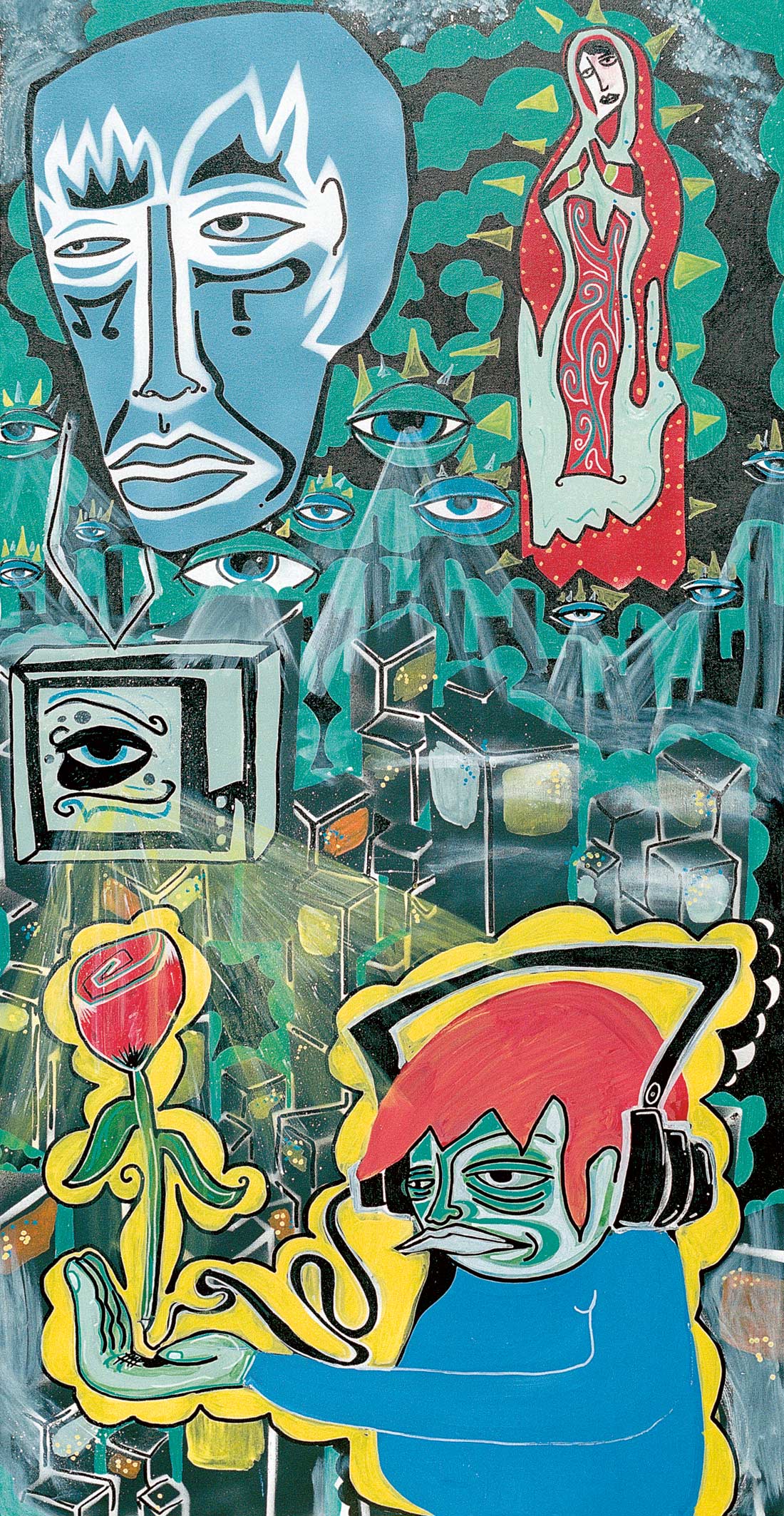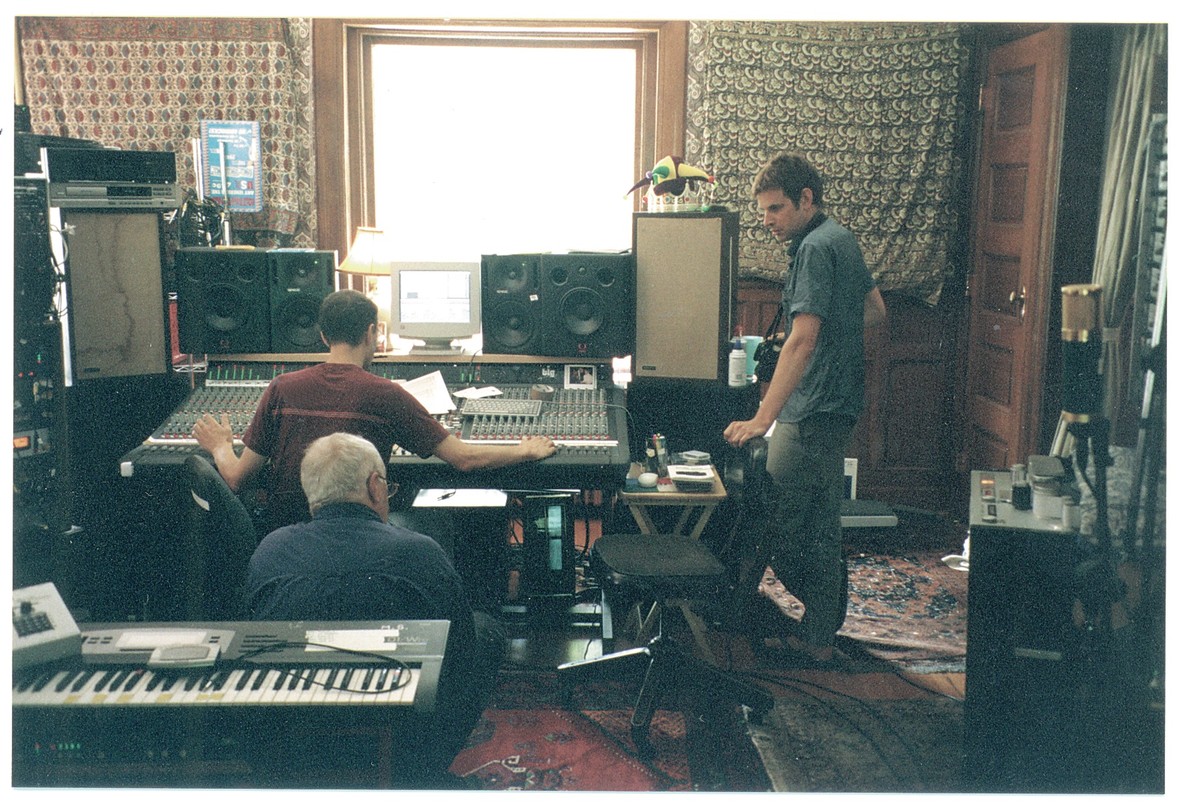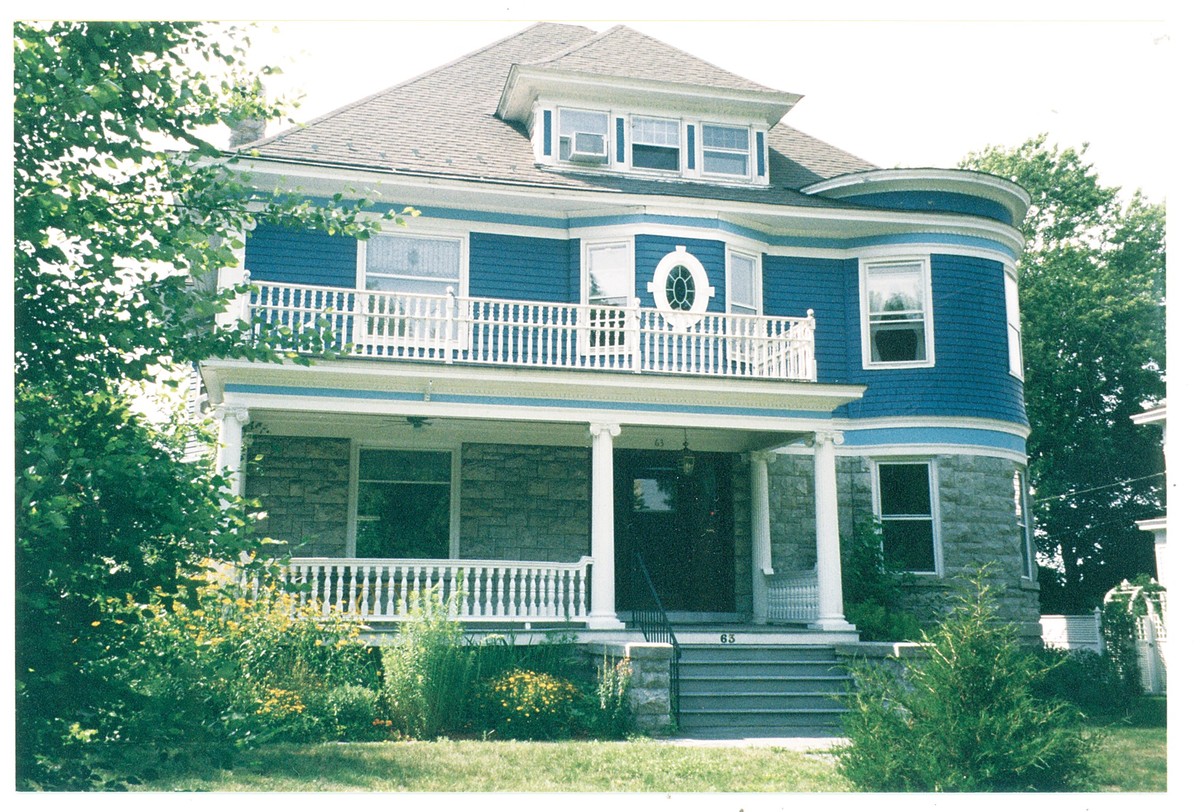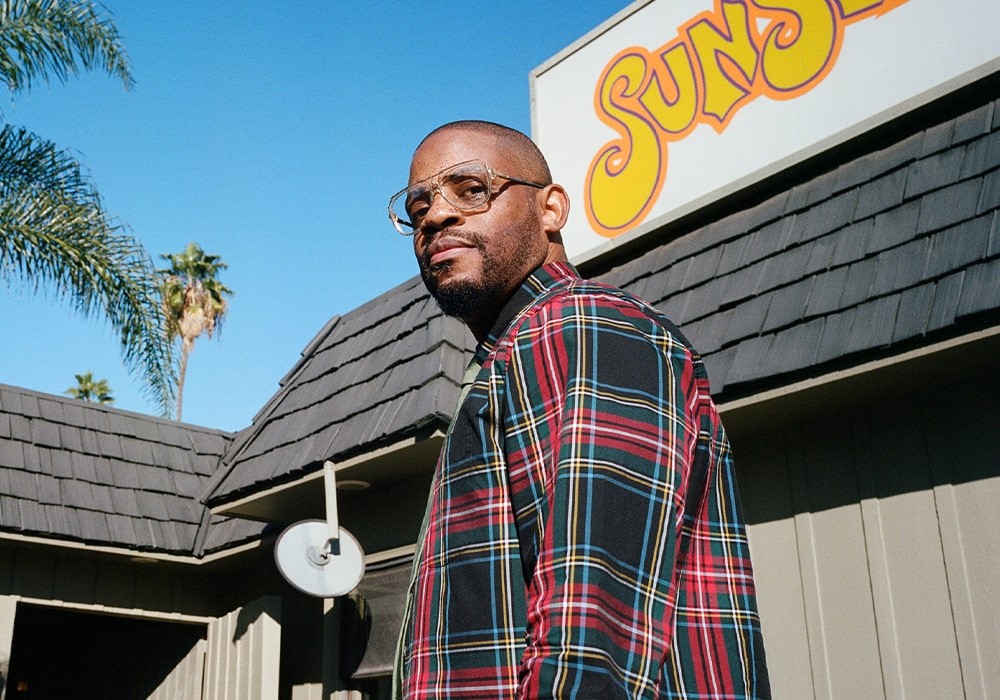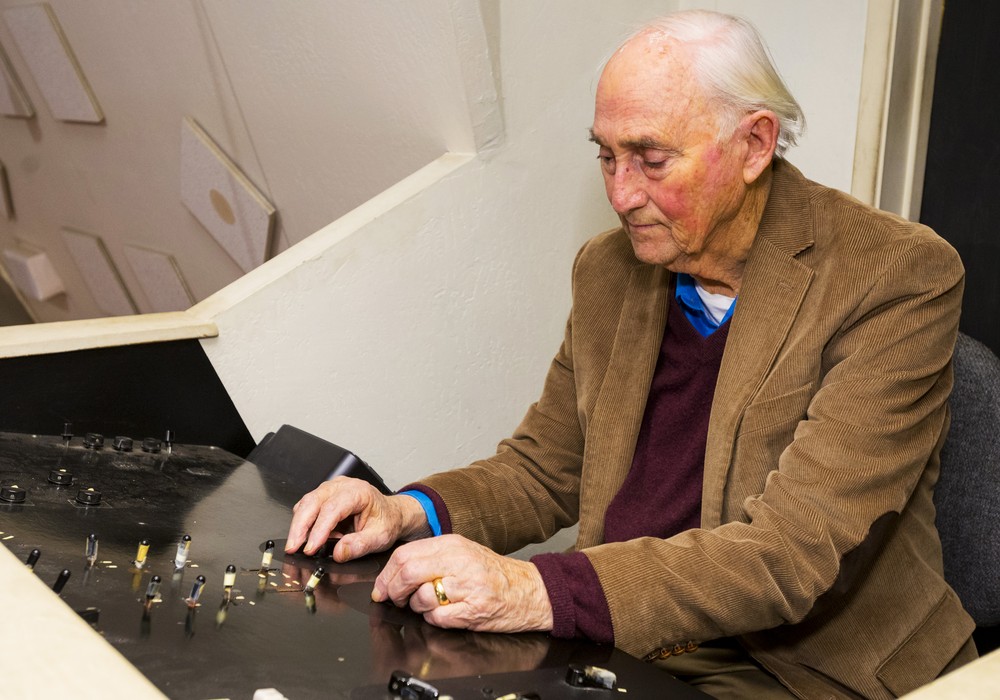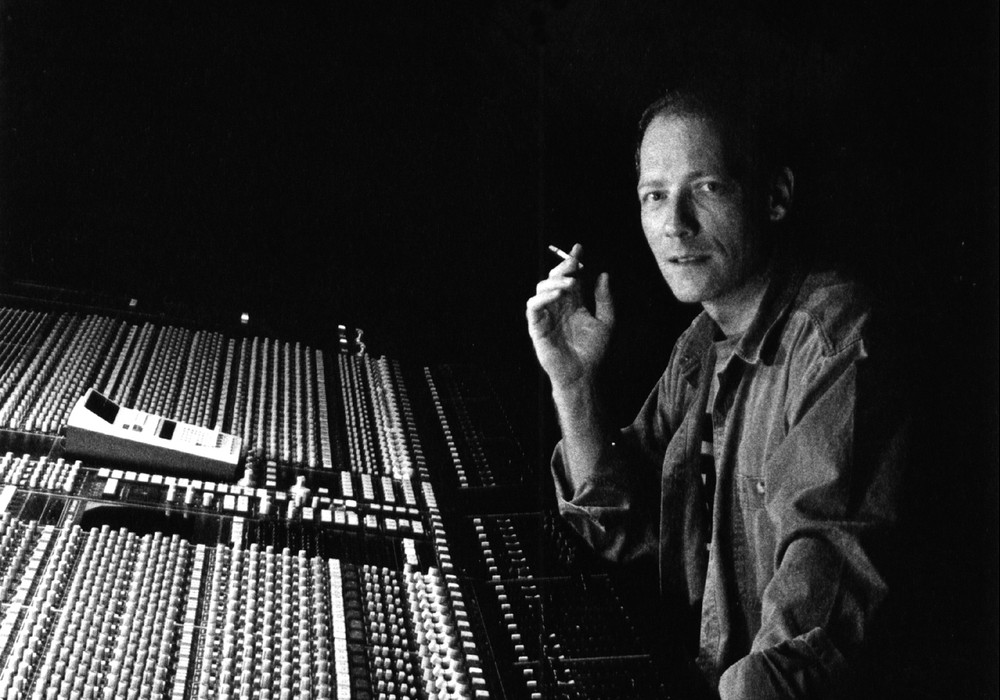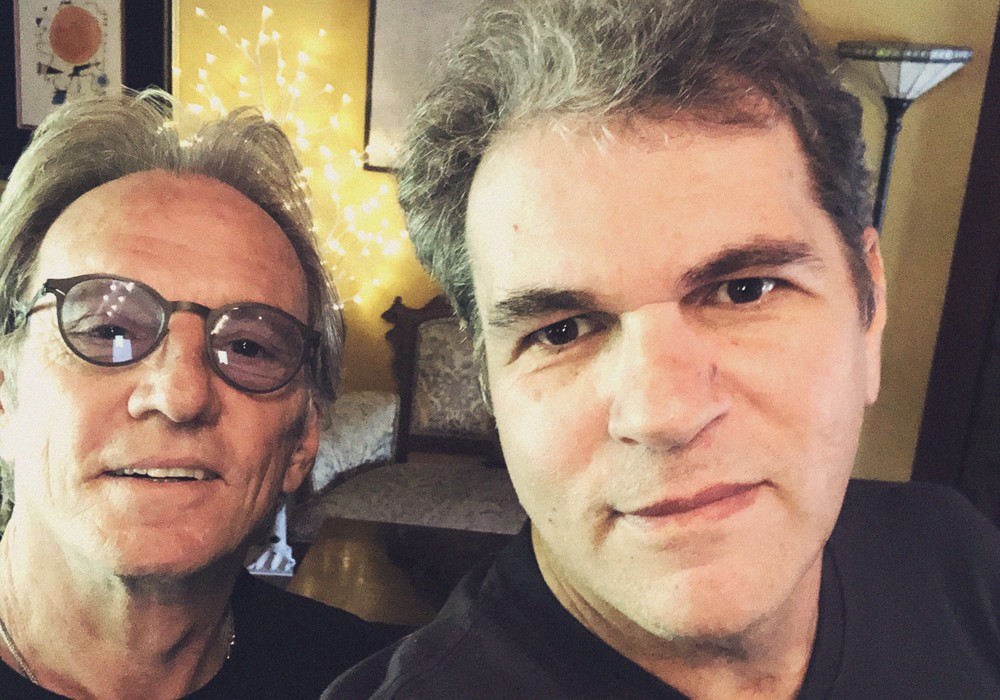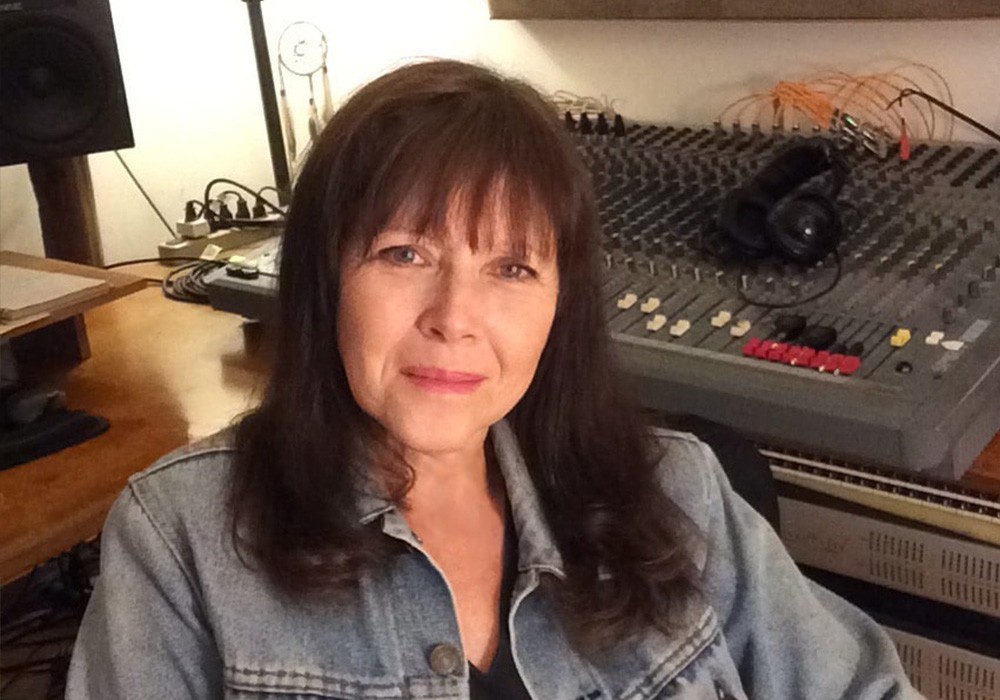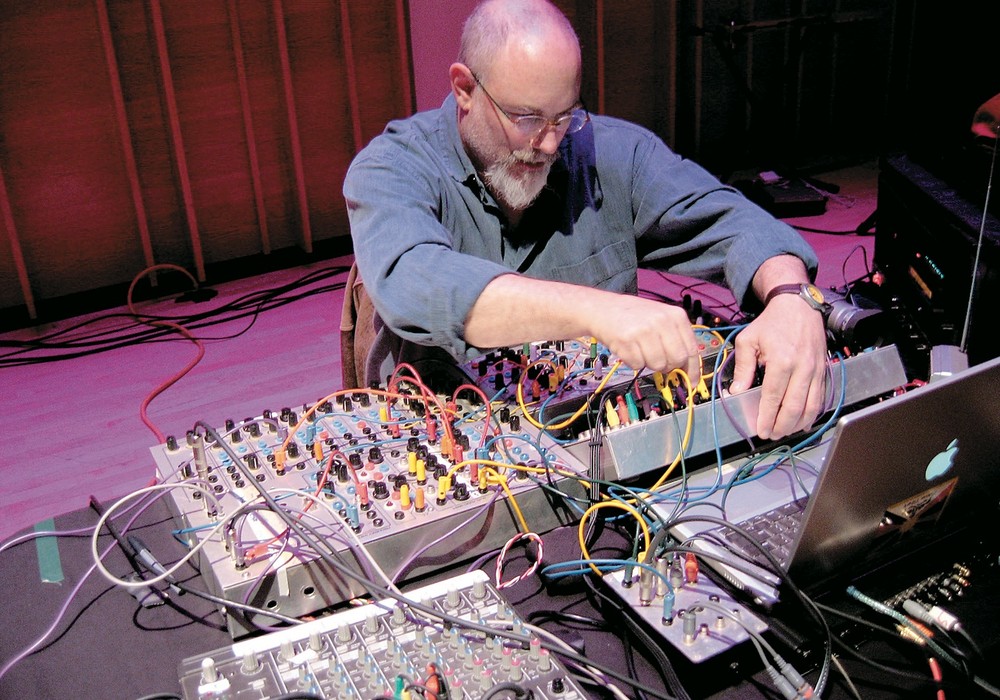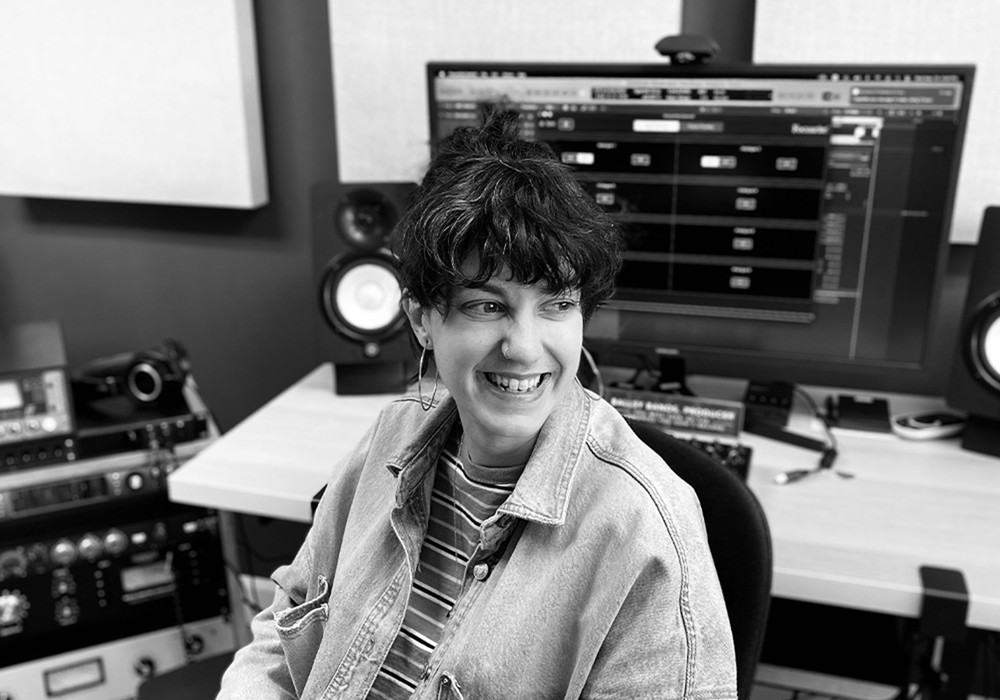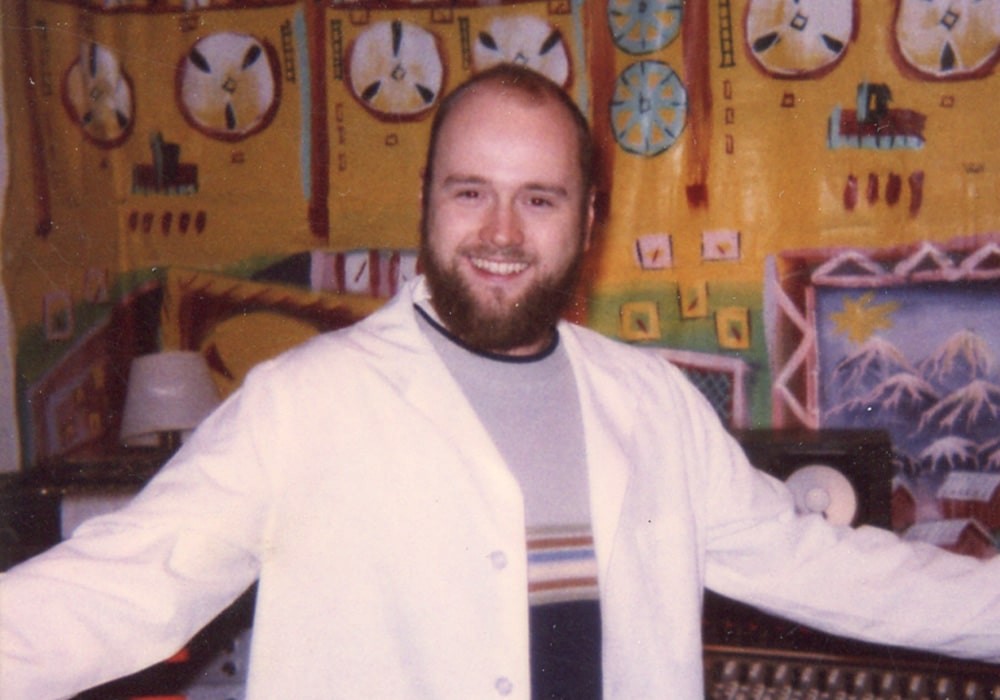It was a beautiful sunlit morning the day I headed down to interview producer/engineer Malcolm Burn. While driving, I couldn't help but ponder what the day had in store for me. Malcolm had invited me on a day he would be recording a string section for a group called Wood (from England) for the Sony label. I knew he was set up in an old turn-of-the-century mansion and that this style of recording is something that he has honed over numerous albums with producer Daniel Lanois [Tape Op #37 & #127].
Even as I approached the front door of this unassuming residential house, I wasn't sure whether I should ring the bell, knock or just walk in, as the last thing I wanted to do was blow a string take. This is not the way to make a good first impression. For all I knew, the strings could be just on the other side of the front door. I took my chances and just walked in. Sure enough, as I entered through the front door breezeway into the main section, there were the string players all set up just to the right of the entrance in what normally would be the dining room. Fate was on my side.
The vibe was very laid back and there was a smoothness and calm to the session quite unlike what I was used to. There is really something to be said for recording in this type of atmosphere. Music takes first chair and the session becomes more about the song than the process. Also, the interaction between players and engineers is immediate, which always eases the communication factor.
I first was greeted by James Maddock from the group Wood, who was hanging on a couch opposite the dining room where the string section was. In front of him, in what would normally be the parlor room were engineer Todd Vos and Malcolm Burn. In front of them lay the large Amek console, Quested and big old Advent speakers, the Studer A80 2" 24-track and racks of outboard gear. Scattered about were a nice-sized guitar and amp collection and an extensive amount of keyboard and MIDI gear and vintage U47s, 67s, C37As, as well as new microphones and the ever present Suzuki Omnichord.
What impressed me most about meeting Malcolm Burn was his passion for music. Not content with just putting notes together or coming up with some "extraterrestrial sound", he has a conviction for the meaning behind the words, behind the music. That "music" can be something much more powerful than most are aware of, or at least in touch with. Burns is an insightful person, true to his convictions and not afraid to share those thoughts in an effort to better the industry. I knew that I was in for a very exciting day. I was not disappointed.
I did a search on the web for you and I didn't turn up many articles.
There aren't a lot of them out there.
Is this the first?
There have been a few, but it's kind of weird. I don't get a lot of calls... The last interview I did for anybody was Mix, about six years ago. The guy called me and wanted to know about this Lisa Germano record called Geek The Girl, and he was kind of disappointed. He said, "Well, you know the record sounds really good and the voice is beautifully recorded. What kind of microphone were you using?" I said that actually I just kind of set up this ADAT in Lisa's house with a little Mackie board. She said she didn't want things too complicated and I set [up] a 57 and her little preamp for her violin and her drum machine. I set it so all she had to do is press a and she could assign that to any one of the eight tracks and that's basically how she did the record. I just kind of came in and did some overdubs and then we mixed it together — and he was very disappointed.
Why? It's a great sounding record.
I know, but I guess he wanted to hear about all these expensive microphones that I used and he couldn't believe... He was like, "You couldn't have just used a 57." I said, "No, no. With Lisa, that's her microphone. She's comfortable with that microphone..."
I think that's one of the most shocking realizations for an engineer. It's tough to have a three, four or five thousand-dollar microphone and not use it. And have a 57 beat it out on a particular voice.
Yeah, well I've been going through that because I've kind of been going through a microphone binge this year.
I saw the Lawson out there. Is that the 251 remake?
That's the L47, which is a really great microphone. I have this friend down in Austin, Mike Cordero, and he has a place called Misty Hill Audio, and I know Fletcher over at Mercenary. I have a pretty good rapport with these guys so if I call them up and say, "Can I try a piece of gear?" they'll send it to me. Just to try it out, and if it's something I like they know I'll buy it. If not, it's no big deal. So I got a couple [of] great microphones sent up from Mike and a couple Soundeluxs sent over from Fletcher, which was cool. But in the process of buying a U67 from this guy over in Belgium, the guy said, "Oh, have you ever heard of these Lawson microphones?" I said, "Never."
Really... you had never heard of Lawson Microphones?
No, I'm not a big gear head. When I read magazines it's, like, Photo Journalism or Amnesty Monthly. I'm not really into gear per se, so when the guy mentioned this microphone I called up [Gene] Lawson and talked to him myself. He was pretty cool, a nice guy, and he said, "Well, you know, I'll send you one as soon as we get it built." [laughs] That Lawson microphone is pretty happening. That and a 57 are some of my favorites.
Can you tell me how you got started in the business?
It's a pretty long story, but quite simply I started out as a songwriter and singer in a band up in Canada called Boys Brigade. We were quite popular in Toronto in the early '80s. At that time there were this couple [of] brothers working in a studio out of Hamilton and one of the guys came out to see our band play 'cause his girlfriend said, "You should check out this band," because he was looking to produce something with a government grant. He offered to produce the record and we, at the time, wanted to go with someone with a bigger name. We were sort of looking for a Nile Rodgers or somebody like that.
Well, it was the '80s.
And this guy showed...
